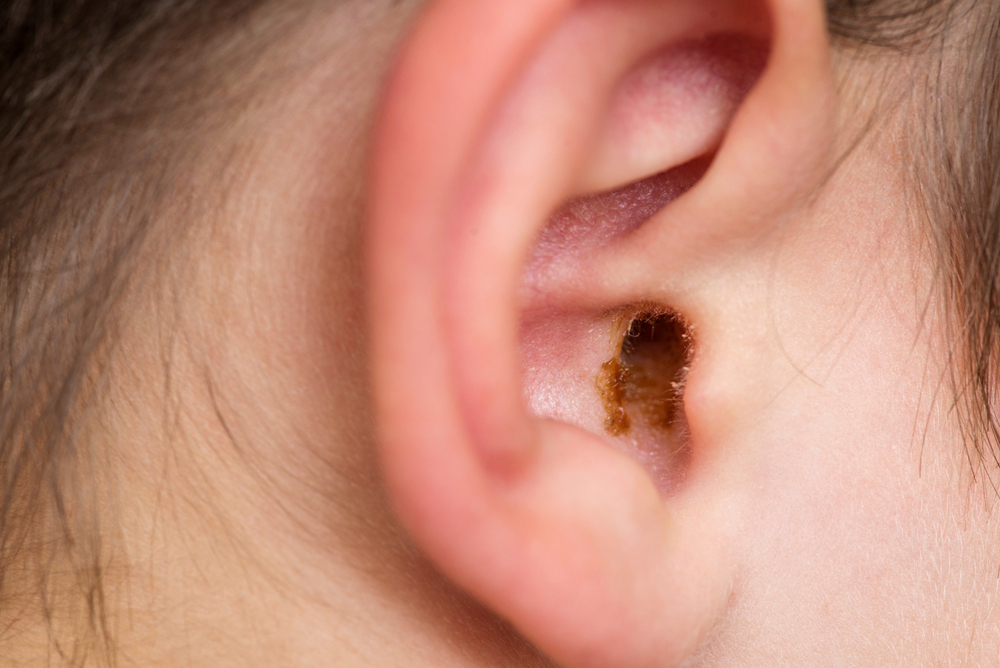
You probably don’t give much thought to earwax accumulation unless you’re in the process of clearing it out. Still, it’s essential to have an understanding of its purpose and how it develops.
So why does earwax accumulate?
Earwax, also scientifically called cerumen, is composed of a mix of sweat, skin particles, hair, debris, and ceruminous gland secretions. This earwax presents with a waxy texture and can show shades of orange, yellow, gray, or brown.
In most situations, children tend to generate more earwax than adults. Furthermore, adult earwax is usually darker and denser compared to that of children.
Earwax goes by the outer ear canal naturally, eventually reaching the ear opening, where it either self-expels or gets washed out when you bathe.
Why do we need earwax?
Here are a few crucial functions that earwax serves:
- Safeguarding and moisturizing the skin lining the ear canal, thereby preventing dryness and itchiness.
- Fending off potential infections that might arise within the ear canal.
- Acting as a protective barricade against outside irritants including dirt, dust, and other foreign particles before they infiltrate deeper into the ear.
Blockages caused by earwax
Usually, there’s no critical need to remove earwax from your ears unless it becomes impacted, a common problem linked to earwax. Impacted earwax can be the result of narrow or unusually shaped ear canals hindering the natural movement of earwax toward the ear’s opening.
Poor ear hygiene practices, like using cotton swabs or bobby pins, can inadvertently push wax deeper into the ear canal.
People wrestling with hearing loss who make use of earplugs or hearing aids are also predisposed to experiencing ear canal obstructions.
How excessive earwax can impact hearing
Auditory health might be hindered and you may feel mild discomfort.
Ringing in the ears, or tinnitus, could also occur.
Untreated earwax obstructions might intensify into middle ear infections, perforated eardrums, or enduring hearing loss due to acoustic trauma.
Dealing with impacted earwax
Should you think you have an earwax blockage, consulting us promptly is essential. You may be advised to use over-the-counter products like a bulb syringe or earwax softening drops to clean the wax out, depending on the extent of the blockage.
Call us right away if you need some assistance with an earwax blockage.
